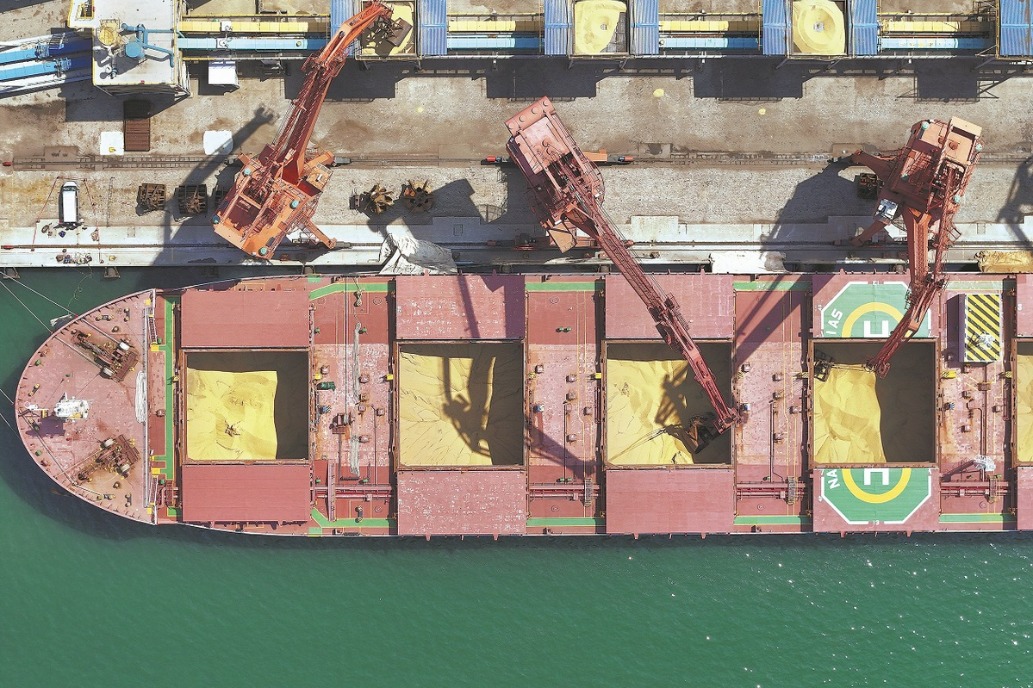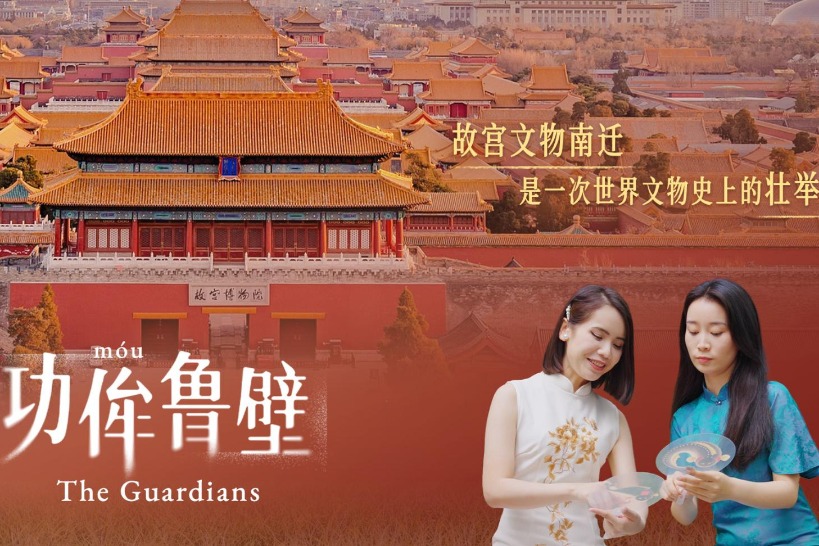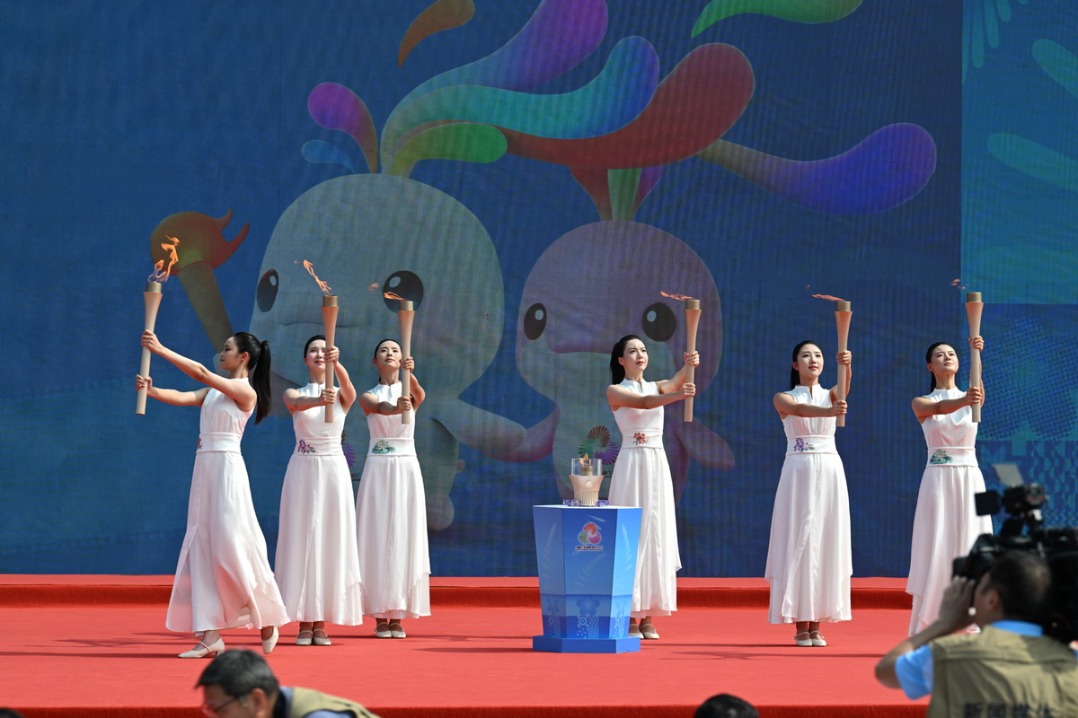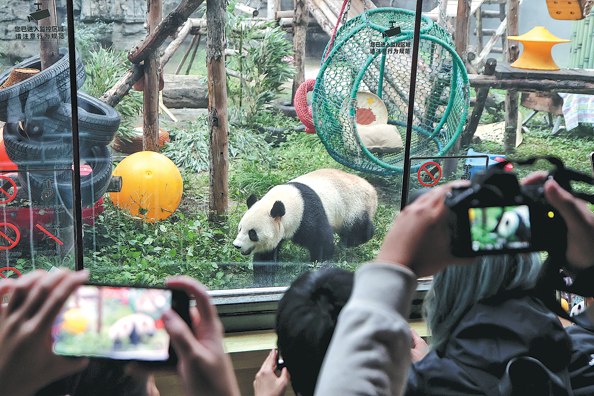Chamber of Southern Song tomb reawakens history

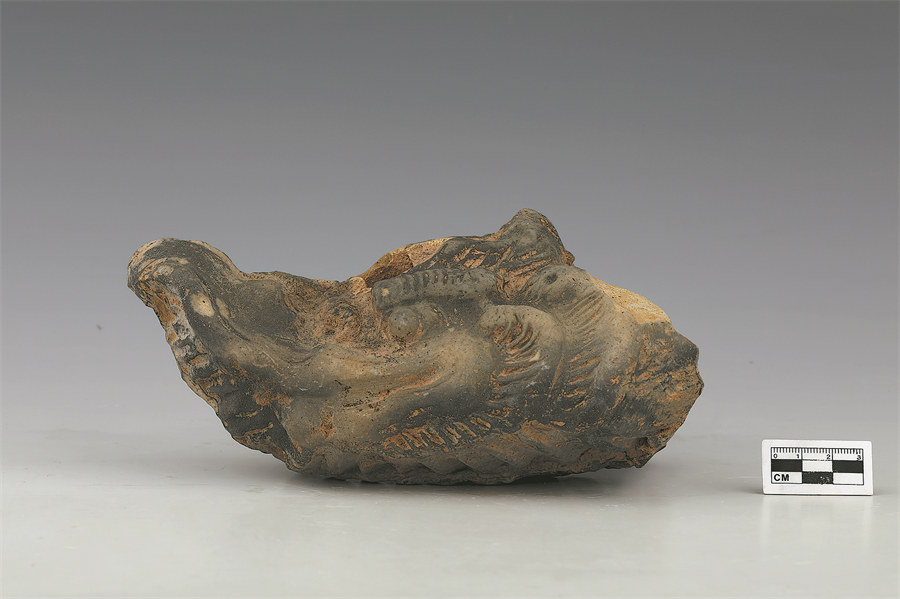
The site's original name, Mount Cuangong, meaning temporary palace, reflected the dynasty's enduring hope. These tombs were seen as provisional, a solemn promise that one day they would reclaim the north and rebury their ancestors in their original imperial tombs in today's central Henan province.
This is why the complex is traditionally called the "six" mausoleums, counting only the Southern Song emperors and consciously omitting Huizong, who was a Northern Song ruler, experts explain.
According to the royal ritual, an emperor's tomb was required to sit southeast and face northwest with its south side higher than the north, creating a descending slope.
Ultimately, a location northwest of Empress Meng's temporary burial site was chosen.
The discovery of the seventh chamber was no lucky accident, Li notes.














